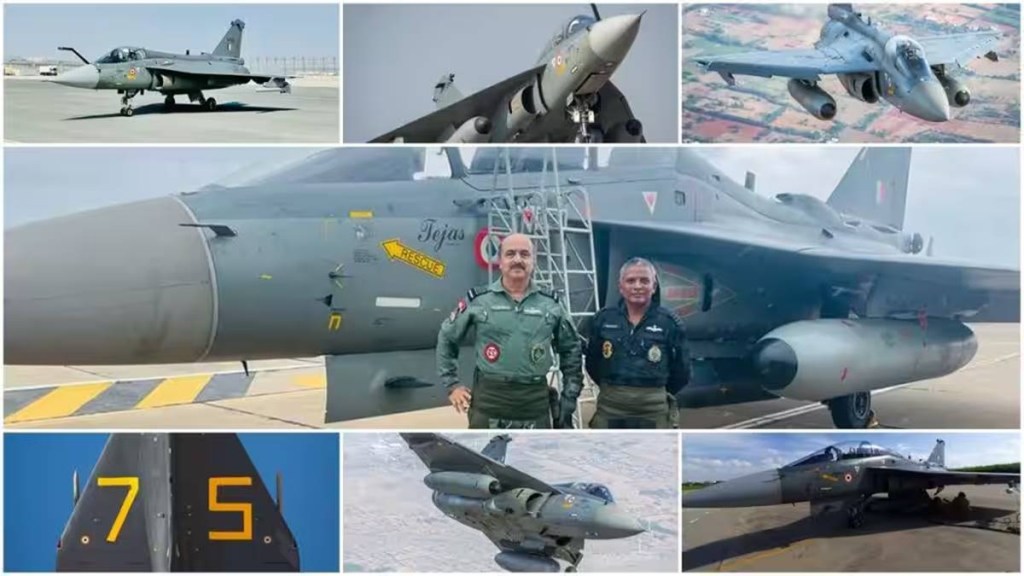For decades, the Indian Air Force (IAF) entrusted its air security to the MiG-21 fighter jets, but with time, the limitations and risks associated with these aging jets became evident. Now, a new era is dawning as the indigenous fighter aircraft Light Combat Aircraft (LCA) `Tejas’ takes center stage, replacing the legendary but aging MiG-21. With a rich history spanning 60 years, the MiG-21 served as India’s first supersonic fighter jet. However, a staggering number of accidents and lives lost necessitated the pursuit of a more modern and indigenous alternative.
The MiG-21 Legacy
Since its induction into the IAF in 1963, over 900 MiG-21 fighter jets took to the skies, with around 650 of them manufactured in India. Unfortunately, in the span of 60 years, more than 400 MiG-21 aircraft met with accidents, resulting in the loss of over 150 pilots’ lives. Despite these challenges, the IAF continued to fly the upgraded version known as MiG-21 Bison, but the number of crashes remained high.
The MiG-21’s Heroic Stand
During the Balakot air-strike in 2019, a remarkable feat was achieved by the MiG-21 Bison when it thwarted a Pakistani air strike. Wing Commander Abhinandan, piloting the MiG-21 Bison, shot down an enemy F-16 jet. Although the MiG-21 faced skepticism from other nations, its valor on that day underscored its significance.
LCA Tejas: A Triumph over Adversity
The LCA Tejas, a product of collaboration between Defence Research and Development Organisation (DRDO) and state-owned Hindustan Aeronautics Limited (HAL), has now taken up the mantle of safeguarding India’s airspace. With two squadrons stationed at Sulur air base, namely Flying-Daggers and Flying-Bullets, this homegrown fighter jet is proving its mettle. To augment security along Jammu-Kashmir and its LoC, a new detachment of Tejas has been deployed at Awantipora air base.
Strategic Deployment of LCA Tejas
Air Marshal PM Sinha recently visited Awantipura Forward Air Base to assess Tejas’ operational readiness and praised its capabilities. This strategic deployment mirrors the use of MiG-29 fighters in Ladakh following the Galwan Valley clash. Tejas is poised to be a stalwart guardian of India’s borders.
Embracing the Future
India currently has 40 LCA Tejas fighter jets in two squadrons, and with a deal for 83 advanced LCA Mark-1A aircraft with HAL in place, the IAF anticipates receiving the first Mark-1A fighter jet next year. As the old MiG-21 squadrons are phased out by 2025, Tejas will step in to fill the void, reinforcing India’s commitment to self-reliance and indigenization in defense.
The era of MiG-21 has reached its twilight, and the dawn of LCA Tejas promises a brighter and safer future for India’s aerial defense. With its successful operational deployments and cutting-edge technology, Tejas is ready to take on regional adversaries, proving its mettle against both China and Pakistan. This remarkable achievement stands as a testament to India’s growing capabilities in the aerospace sector and reinforces the nation’s commitment to building a secure and self-reliant defense apparatus.

